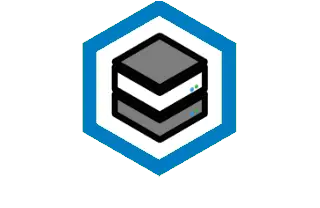I have a Synology that needs more storage. Thoughts on WD vs Seagate?
I’ve always bought WD Red, but with the recent WD controversies (including the SMR/CMR scandal and the recent WDDA warning), I’m considering Seagate. Also, I can’t find any difference between the IronWolf Pro and Exos drives. What am I missing?
| Metric | Seagate IronWolf Pro 20TB | Seagate Exos X20 20TB | WD Red Pro 20TB |
|---|---|---|---|
| Spindle speed (RPM) | 7200 | 7200 | 7200 |
| Internal transfer rate | 285 MB/s | 272 MB/s | 268 MB/s |
| Gas | Helium | Helium | ??? |
| Cache | 256MB | 256MB | 512MB |
| CMR? | Yes | Yes | Yes |
| MTBF (hours) | 2.5m | 2.5m | 2.5m |
| Non-recoverable errors per bits read | 1 in 10^15 | 1 in 10^15 | 1 in 10^15 |
| Load unload cycles | 600k | 600k | 600k |
| Workload rate (TB/yr) | 550 | 550 | 550 |
| Annualized Failure Rate (AFR) | 0.35% | 0.35% | ??? |
| Warranty | 5yr | 5yr | 5yr |
| Price | $349.99 | $329.99 | $379.99 |
Also, please don’t recommend shucking (those drives are in external enclosures because they didn’t pass QC to become internal HDDs).


The problem with relying on peoples past experiences of drive failures is that it’s a lagging indicator. That is we can only say retroactively what was better or worse, but of course that means little of current gen hardware. The reality is that the drives people see failing are always the ones they have. Backblaze data tends to be a little better just because of the sheer volume, but again, the fact that drive X1 failed at a marginally higher rate than drive Y1 doesn’t mean that drive X2 will fail at a significantly higher rate than drive Y2.
All this is to say that all modern drives are actually amazingly reliable and also that they will all eventually fail. Strategize your data usage with the later fact in mind, and then pull the trigger on whatever drives feel most useful to you. I’ve done builds with WD and Seagate Exos drives recently and both are still operating perfectly with no failures… but who knows what will happen down the line.